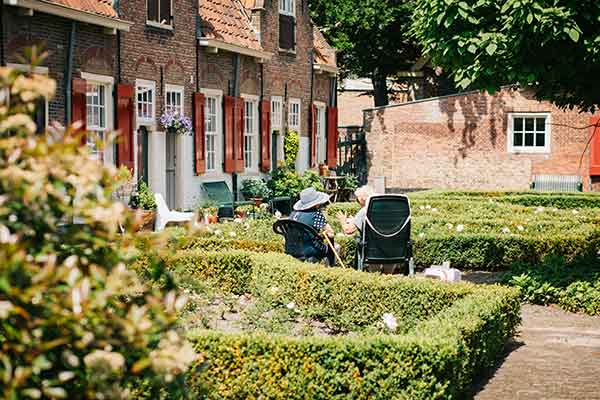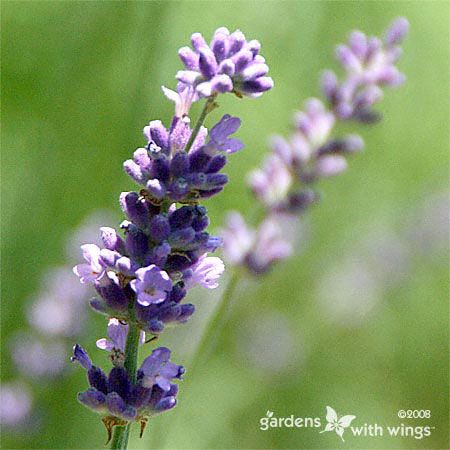Gardening has been praised for its therapeutic qualities for centuries. From the pleasure of seeing plants flourish to the satisfaction of harvesting homegrown produce, gardening offers emotional rewards.

Moreover, spending time in nature can have a soothing impact, offering physical benefits too. For many, caring for a garden brings a sense of tranquility and accomplishment. But could it also serve as an effective method for managing chronic pain?
In recent years, more people are discovering that the same nurturing care they give their gardens can be extended to their health. With the growing prevalence of chronic pain, many are turning to natural solutions like Gardening, which draws on the healing power of plants.
The Rising Prevalence of Chronic Pain and Its Effects
Chronic pain is a widespread condition impacting millions of individuals globally, and its occurrence continues to increase. In the United States, over 24% of adults reported experiencing chronic pain in 2023, according to the CDC. Additionally, 8.5% of adults suffer from high-impact chronic pain that significantly interferes with daily activities.
Chronic pain can result from various conditions, including arthritis, fibromyalgia, nerve damage, or even previous injuries. As this issue grows, more individuals seek effective pain management, often relying on opioid-based prescription medications.
The Dangers of Opioid Medications
While opioids can provide immediate relief for chronic pain, their addictive nature and long-term risks make them a controversial treatment. According to the American Medical Association (AMA), 3% to 19% of those who use opioids may develop a chronic dependency. This dependence can lead to serious health issues and a more complex relationship with pain.
To manage addiction, some individuals turn to opioid withdrawal medications like Suboxone. However, TruLaw notes that these medications come with their own set of bizarre and unexpected complications. For example, Suboxone has recently been scrutinized for causing permanent tooth decay and tooth loss, a connection that many find highly unusual and alarming.
This has triggered nearly 900 Suboxone lawsuits pending in the Northern District of Ohio as of February 2025. No court-approved settlements or trial dates have been scheduled. However, attorneys predict that the Suboxone lawsuit payout per person could be substantial if manufacturers are found guilty of failing to disclose the risks.
Gardening: A Natural Path to Chronic Pain Relief
When we think of gardening, images of vibrant blooms, rich soil, and the satisfaction of nurturing life often come to mind. But beyond its aesthetic and recreational appeal, gardening is emerging as a powerful tool in the fight against chronic pain- especially chronic pain.
A Growing Body of Evidence
Recent research by the University of Florida and the UF College of Medicine is shedding new light on therapeutic horticulture. This approach may offer a non-pharmacological way to manage chronic pain.
In this groundbreaking study, patients with chronic lower back pain participated in a one-hour session at the Wilmot Botanical Gardens. Trained therapists guided them through activities involving reaching, stretching, bending, and gathering plant clippings.
The results were promising. Participants experienced improvements in their overall well-being. There was also a notable reduction in anxiety associated with movement, a common barrier for those suffering from chronic pain.
Leah Diehl serves as the director of therapeutic horticulture at Wilmot Botanical Gardens and is also one of the study’s authors. She explained that gardening is important because it offers a safe way for people with low back pain to move and interact. It also helps them avoid isolating themselves out of fear of pain.
How Does Gardening Help?
Gardening naturally integrates a series of movements that are beneficial for the body. Activities such as forward bending, twisting, and side-to-side rotations mimic exercises commonly prescribed in physical therapy.
This “sneaking in” of exercise through gardening allows individuals to overcome the fear of movement, a significant hurdle for many with chronic pain. By engaging in these natural, low-impact activities, participants can improve spine mobility and muscle strength. They can achieve this without the intimidation of a traditional workout or the side effects of pain medication.
Cultivating Healing Plants
Gardening doesn’t just get you moving; it also offers the opportunity to grow your own natural remedies. Many herbs and plants have anti-inflammatory and pain-relieving properties that can be beneficial for managing chronic pain. By cultivating these healing plants, such as lavender, turmeric, or ginger, you can enhance your pain management strategy while enjoying the therapeutic process.

Embracing the Therapeutic Benefits of Gardening
Here are a few ways to integrate gardening into your pain management routine:
- Start Small: Even a few minutes of light gardening daily can help. Consider tending to a few potted plants or a small herb garden on your balcony.
- Focus on Movement: Use gardening activities as an opportunity to perform gentle stretches. Activities like planting, weeding, or pruning naturally involve bending, stretching, and twisting.
- Engage Socially: Gardening can be a social activity. Joining a community garden or a local horticulture therapy group can provide both physical benefits and a sense of connection.
- Mindfulness in Motion: Gardening encourages mindfulness. Focusing on the act of nurturing a plant can distract from pain and reduce stress, which in turn may lower overall pain levels.
FAQs
Is gardening a safe activity for individuals with chronic pain?
Yes, when done with proper techniques and modifications, gardening is a safe and effective activity for individuals with chronic pain. Using raised garden beds, kneeling pads, and ergonomic tools can minimize strain while allowing people to enjoy its therapeutic benefits.
Can gardening reduce the need for pain medication?
While gardening is not a direct replacement for medical treatment, research suggests that it can help some individuals manage pain more effectively. Engaging in therapeutic horticulture may reduce dependency on pain medication by improving physical function, reducing stress, and encouraging movement.
How does therapeutic horticulture differ from regular gardening?
Therapeutic horticulture is a structured approach that incorporates gardening into rehabilitation and pain management programs, focusing on improving physical function and emotional well-being. It is guided by trained professionals who tailor activities to improve movement, reduce pain and fear, and enhance overall health.
Overall, the act of gardening offers more than just a way to grow plants. It can be a pathway to healing and relief from chronic pain. With the rise in chronic pain conditions, many individuals are seeking alternatives to manage their symptoms safely and effectively.
By choosing natural remedies over potentially harmful medications, people can experience better pain relief, fewer side effects, and a healthier, more sustainable lifestyle. Whether you’re a seasoned gardener or a newcomer, the healing power of nature is always within reach.
Next up…







